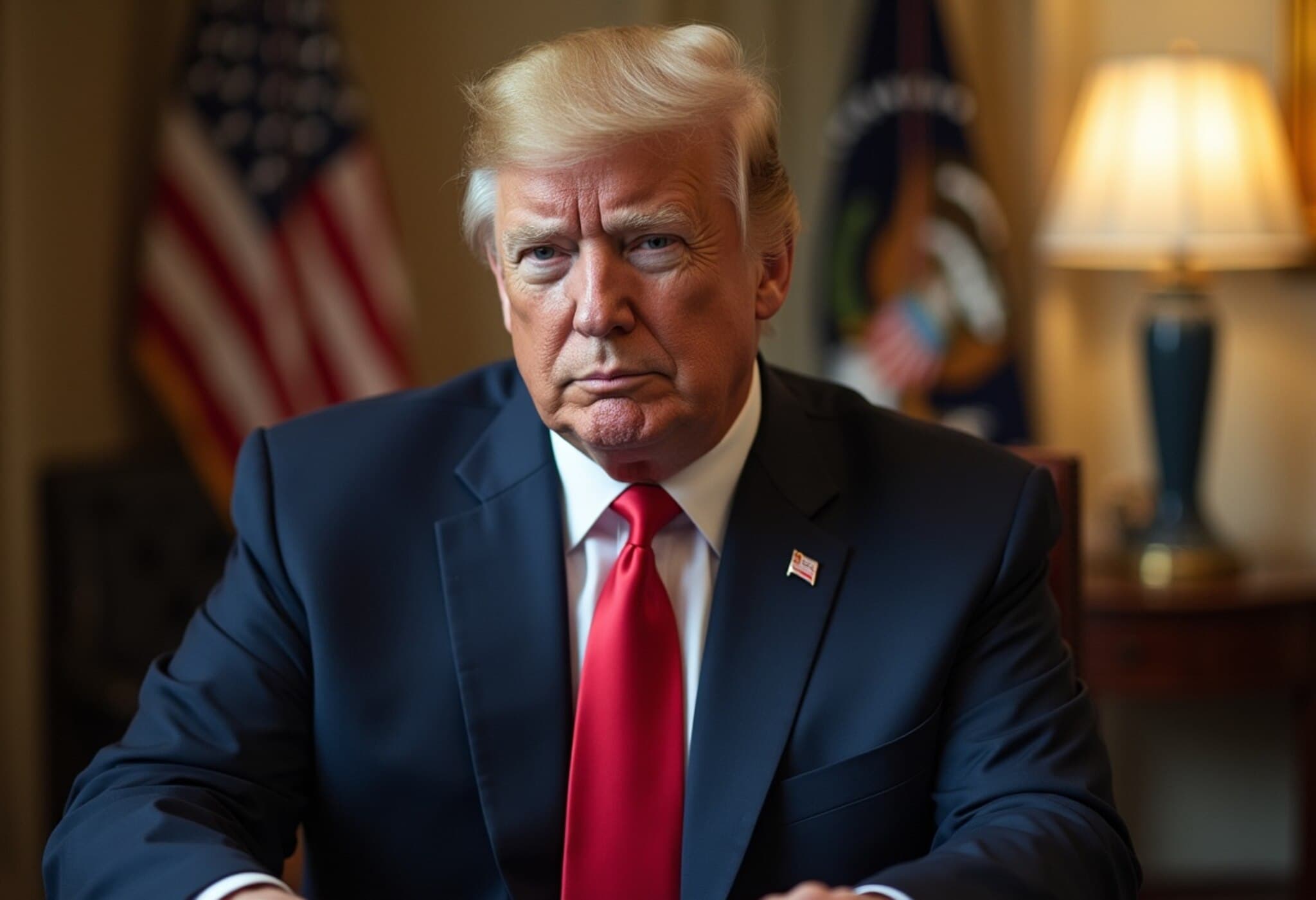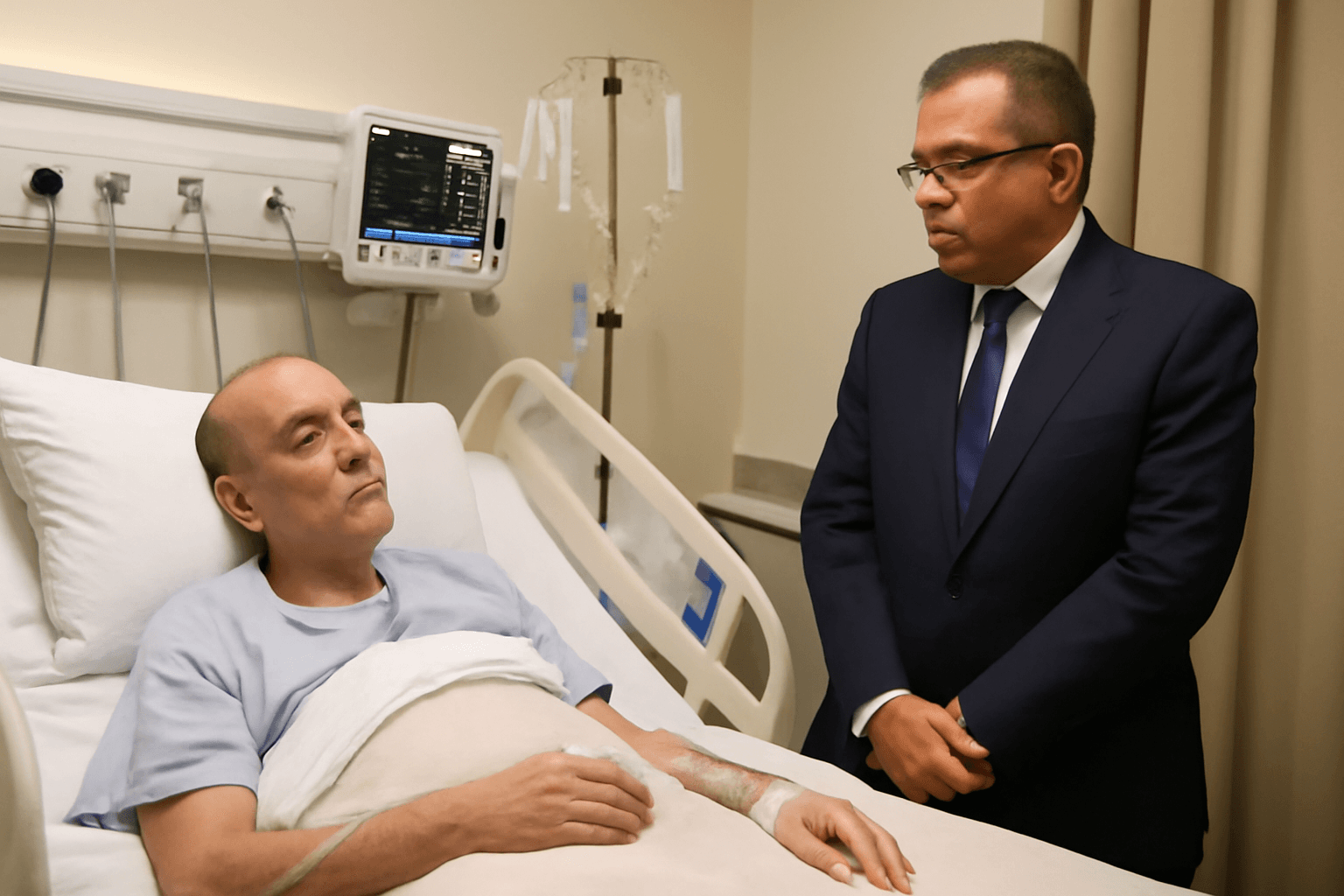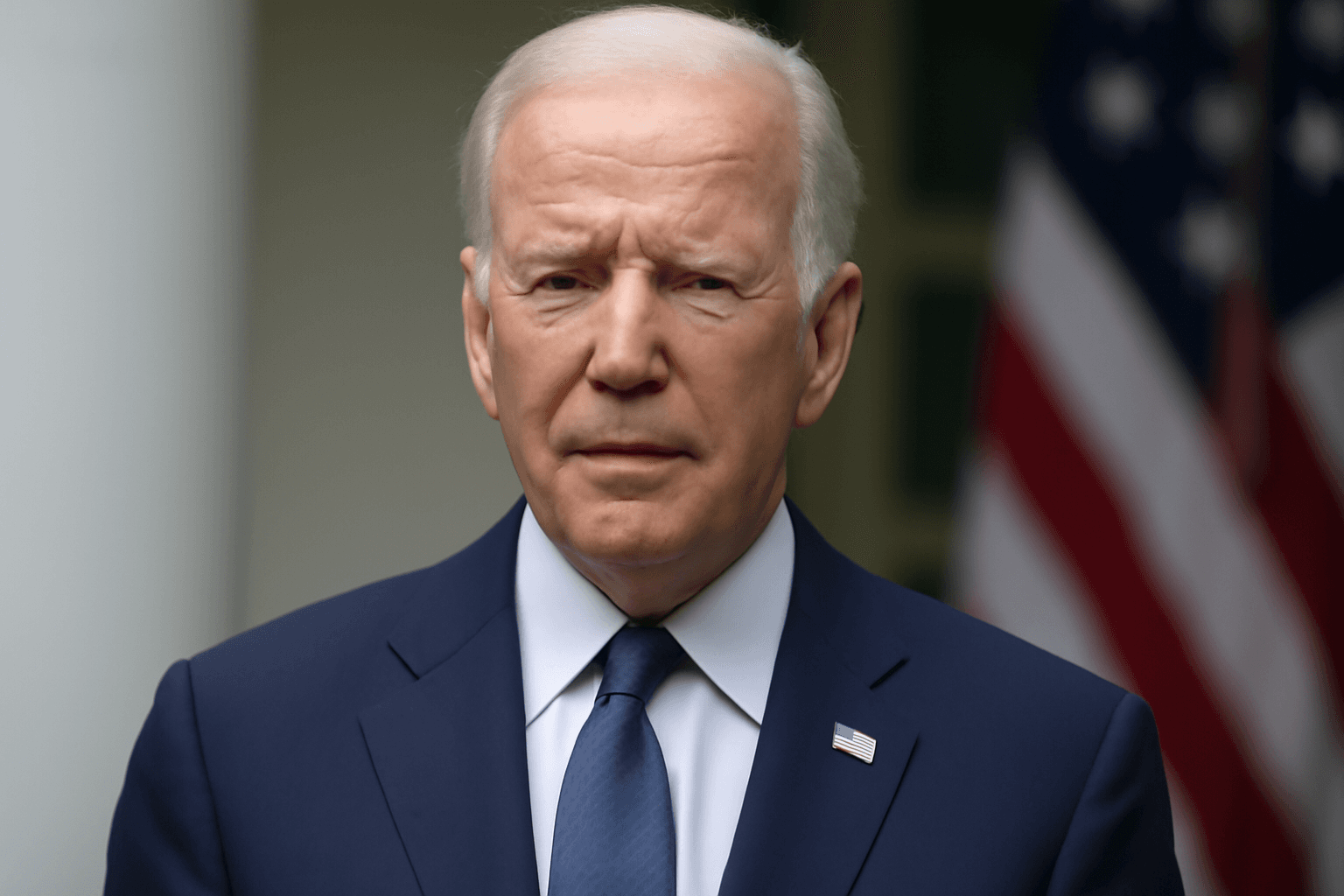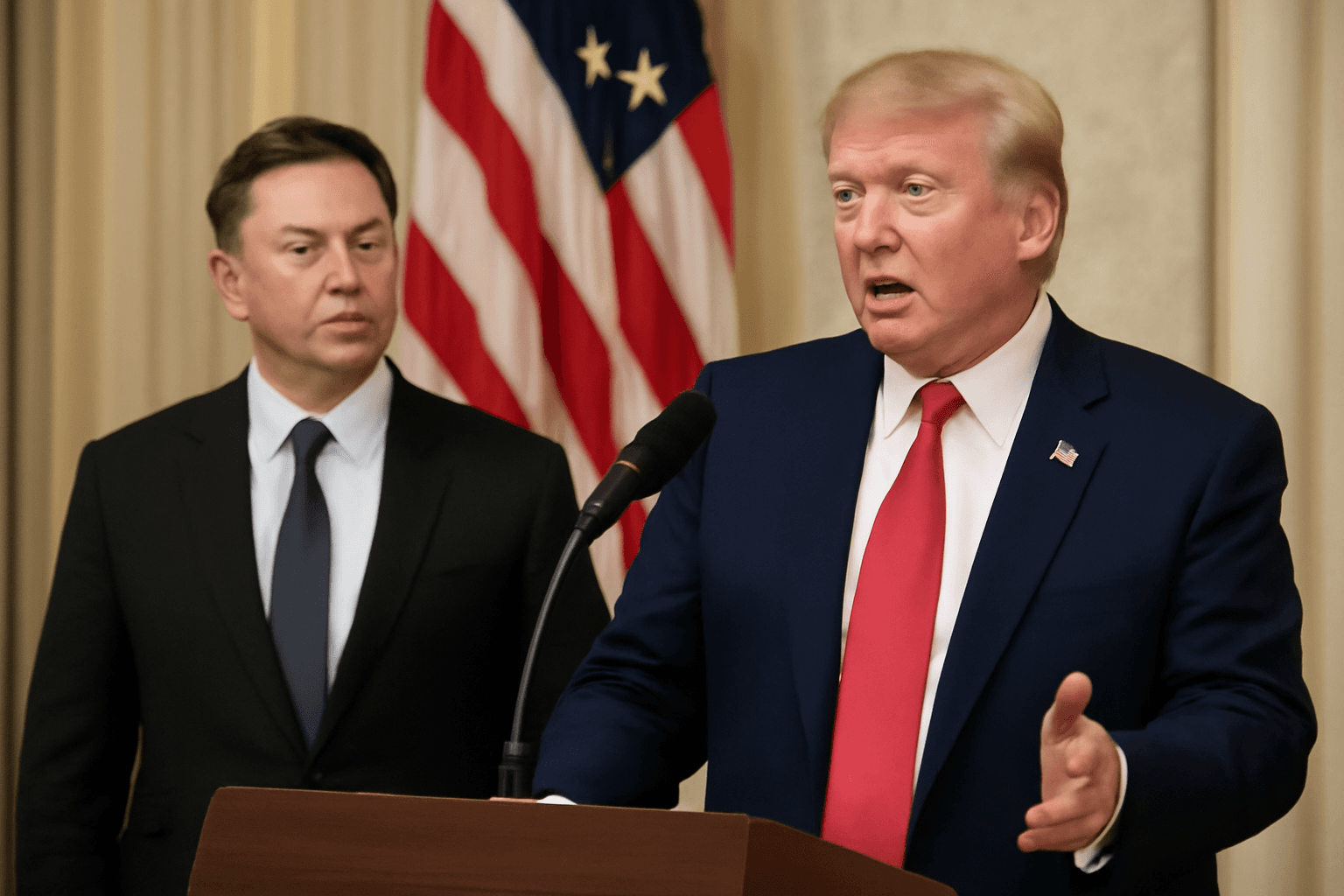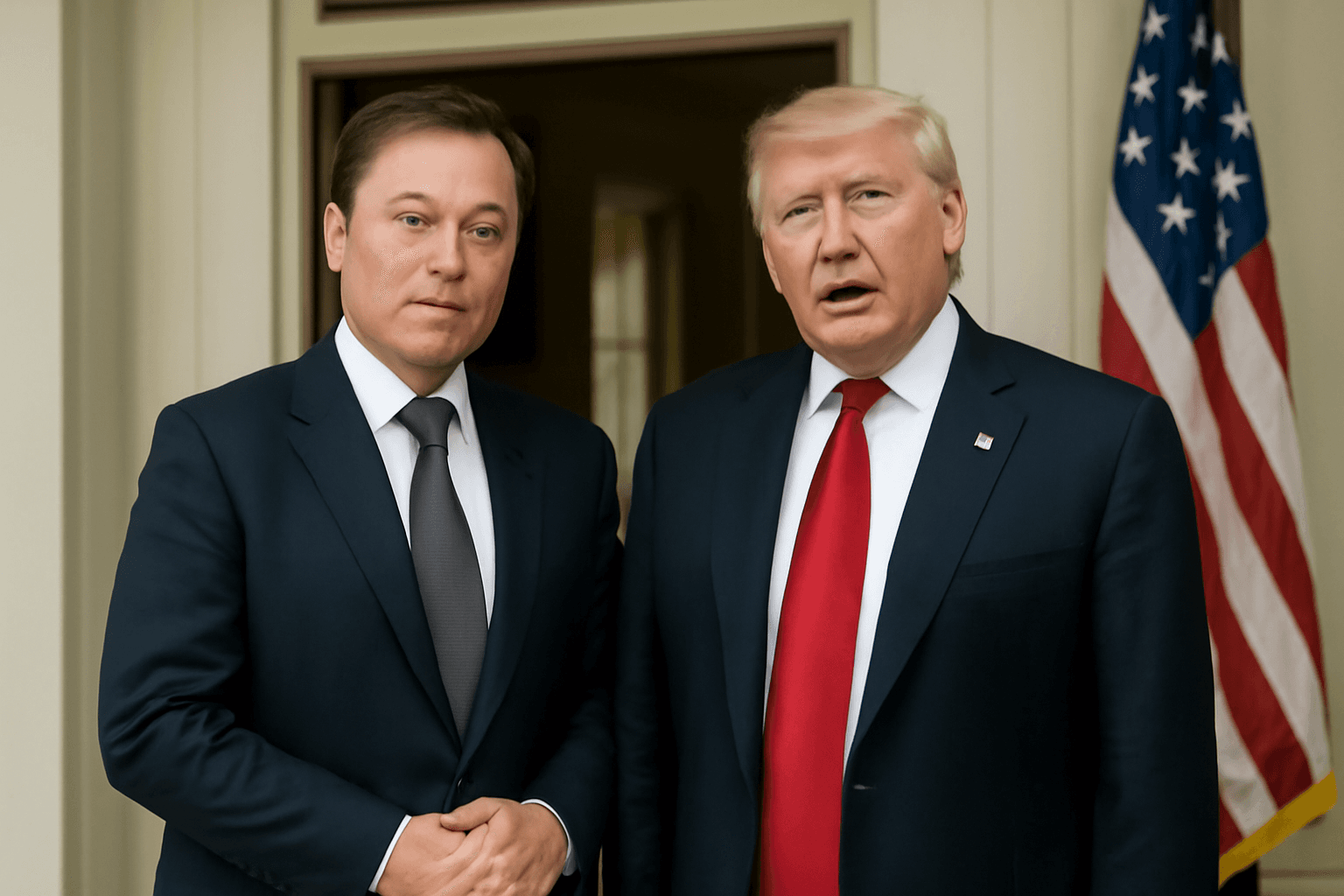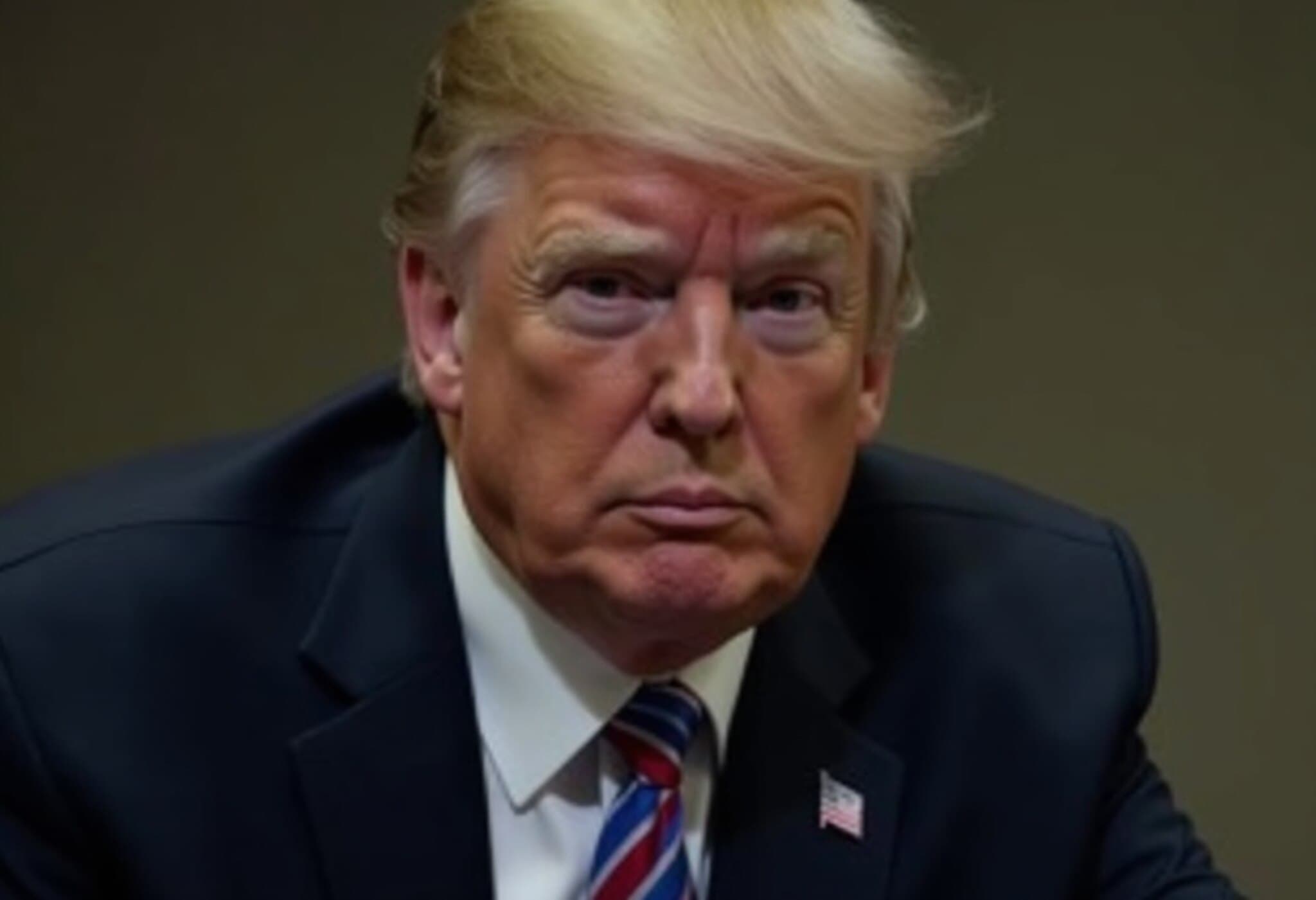President Trump Revealed to Have Chronic Venous Insufficiency Amid Swollen Leg Concerns
In response to growing public speculation fueled by recent photos showing swelling in his ankles, the White House disclosed Thursday that President Donald Trump has been diagnosed with a common vein disorder known as chronic venous insufficiency. Despite this diagnosis, the President’s overall health remains robust, according to official statements.
Details of Medical Examination and Diagnosis
The 79-year-old President underwent a comprehensive medical evaluation by the White House medical unit after he himself noticed swelling in his legs over recent weeks. Press Secretary Karoline Leavitt emphasized that this vein condition is benign and common, especially in individuals over the age of 70.
Chronic venous insufficiency occurs when the leg veins are unable to efficiently return blood to the heart, leading to blood pooling and swelling. According to the Mayo Clinic, this condition affects roughly 1 in 20 adults, with prevalence increasing with age.
No Indications of More Serious Cardiovascular Issues
Importantly, President Trump’s medical tests, including blood work and echocardiogram, showed no signs of deep vein thrombosis, arterial disease, heart failure, kidney impairment, or any systemic illness.
Leavitt reassured during the briefing that the President experiences no pain from the condition and maintains excellent health. She noted:
- Blood tests were all within normal limits.
- Echocardiogram confirmed normal cardiac structure and function.
- No evidence of more serious vascular or organ complications.
Explanation Behind Visible Hand Bruises
Leavitt also addressed a frequently questioned aspect of the President’s health — bruises visible on the back of his hands. She attributed these marks to irritation from frequent handshaking combined with the thinning effect of his daily aspirin regimen, which is part of his standard cardiovascular prevention protocol. Such bruising is a common side effect of regular aspirin use, especially in older adults.
Context and Health Transparency
Maintaining transparency about public figures’ health remains vital for public trust, especially for individuals holding high office. The White House physician Sean Barbabella previously affirmed in an April memo that President Trump is “fully fit” to perform his presidential duties. The latest revelations further support this assessment, portraying a leader managing an age-related but manageable health condition without compromising his responsibilities.
Expert Commentary: What This Means for Public and Political Discourse
From a medical standpoint, chronic venous insufficiency, while uncomfortable and inconvenient, is generally not life-threatening and responds well to lifestyle adjustments and medical treatments. However, its presence shines a light on the natural health challenges aging politicians face.
The American public often scrutinizes the health of elected officials, sometimes conflating visible symptoms with severe illnesses prematurely. This announcement helps clarify those misconceptions, reminding audiences to consider the nuances of age-related health issues without undue alarm.
It also raises subtle questions about the extent of disclosure practices for high-profile leaders’ health and the balance between privacy and public interest—an ongoing debate in American political culture.
Summary
- President Trump diagnosed with chronic venous insufficiency after ankle swelling was observed.
- The condition is common in seniors and not currently causing him pain or affecting his duties.
- Medical evaluations ruled out serious cardiovascular and systemic illnesses.
- Visible hand bruises attributed to aspirin use and frequent handshakes.
- The President is considered by physicians to be in excellent health overall.
Editor's Note:
This update on President Trump's health reminds us how age-related ailments, though often visible or misunderstood, may pose fewer immediate risks than initially feared. It underscores the importance of comprehensive medical evaluations for public figures and open, fact-based communication with the public. As we observe the intersection of health and leadership, the conversation continues around transparency, public trust, and the realities of aging in political office.

